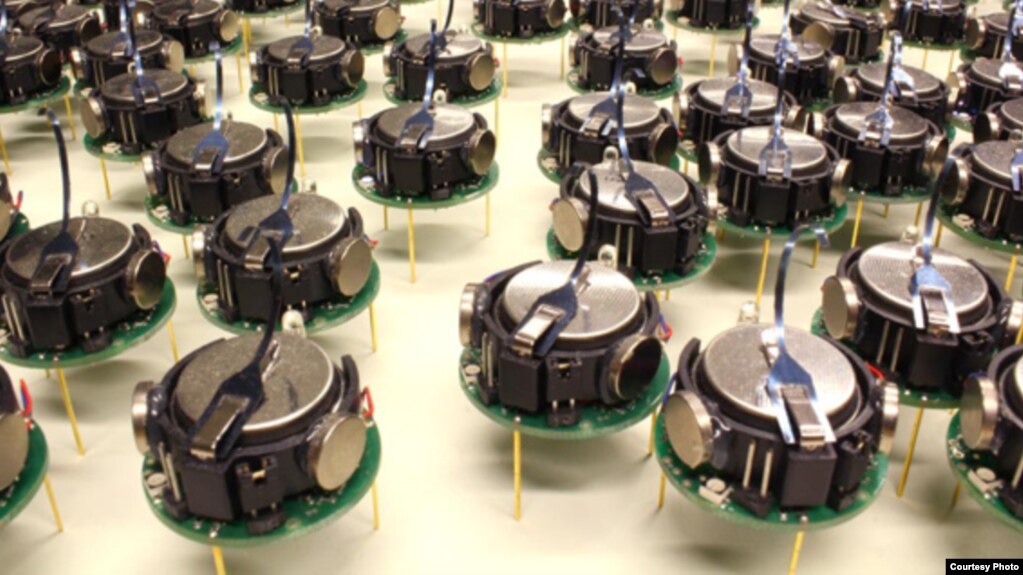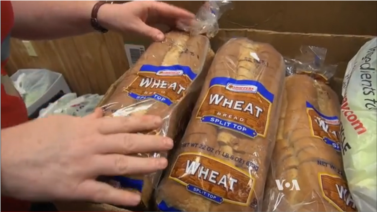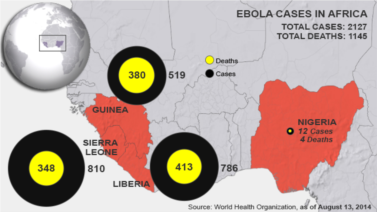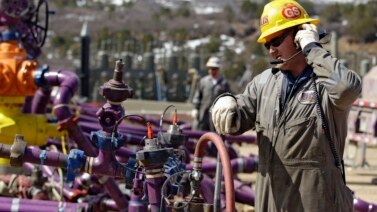
Scientists at Harvard University have created an army of small robots that can move as a group to form shapes. The robots are called Kilobots. Scientists at the university have created 1,024 of the tiny robots. The Kilobots group together in a swarm to make different shapes. Currently, the Kilobots can only make simple shapes like a sea star or the letter K that are first drawn on a computer. The command to form the shape is then sent to each robot by infrared light, which cannot be seen by the human eye.
When the robots receive the command, they begin to organize themselves into the shape. Each Kilobot follows the edge of the group until it reaches the place where it is supposed to be. The robots can correct themselves if they are not in the right position.
Harvard University researcher Mike Rubenstein says it takes the robots hours to create a shape because they move one at a time at a slow speed. The robots in the swarm are just a few centimeters across. Each has three legs that quickly move from side to side. Mr. Rubenstein says each Kilobot was built by hand and costs about $14.
The Kilobot design is simple. But it represents a big development in robot technology. Researchers at Harvard say the Kilobot is, in their words, “a significant milestone in the development of collective artificial intelligence.”
A Harvard news statement says the robots can sense problems when organizing into shapes and work together to fix them. Robot swarms usually have had no more than 100 individual robots. But the Harvard researchers say they are able to use over 1,000 robots because the Kilobots do not require any assistance other than their programming.
Robot swarms are already in use. The online store Amazon uses robots to move items in its huge storage buildings. And groups of robots search the oceans collecting different kinds of information.
Radhika Nagpal is a computer science professor at Harvard. The robots were built in her laboratory. She says that we will continue to see large numbers of robots working together. Ms. Nagpal notes that this cooperation could take the form of hundreds of robots working to clean the environment or aiding disaster recovery. She says robot cooperation could play a part in putting millions of self-driving cars on our highways. In her words, “understanding how to design good systems at that scale will be critical.”
Mike Rubenstein said the next step is to create robots that can attach to one another to create a solid structure.
I’m Jonathan Evans.
This story is based on a report from Matthew Hilburn, adapted by Jonathan Evans and edited by Mario Ritter.
Words in the News
infrared - adj. producing or using rays of light that cannot be soon
laboratory – n. a room or place where experiments in science are done
robot – n. a machine that moves and performs work
swarm - n. a large number of things massed together and usually in motion
vibrate - v. to move back and forth from side to side with very quick, short movements
Now it's your turn to use these Words in the News. In the comment section, write a sentence using one of these words and we will provide feedback on the use of vocabulary and grammar.





